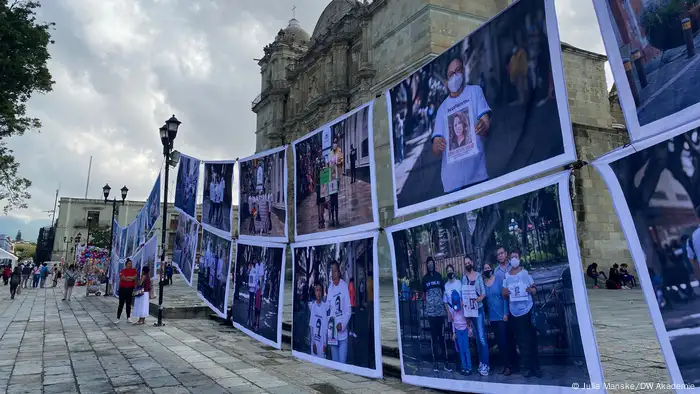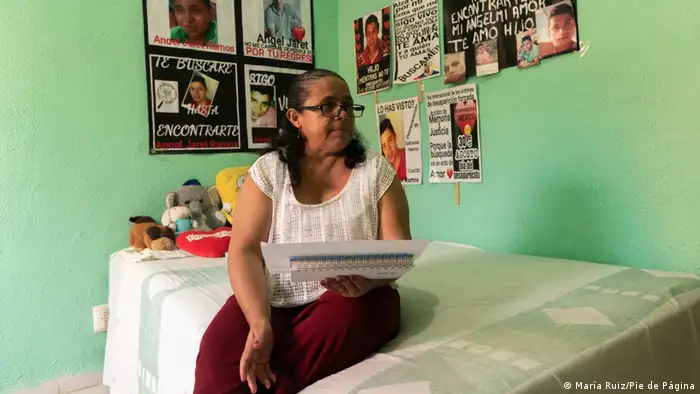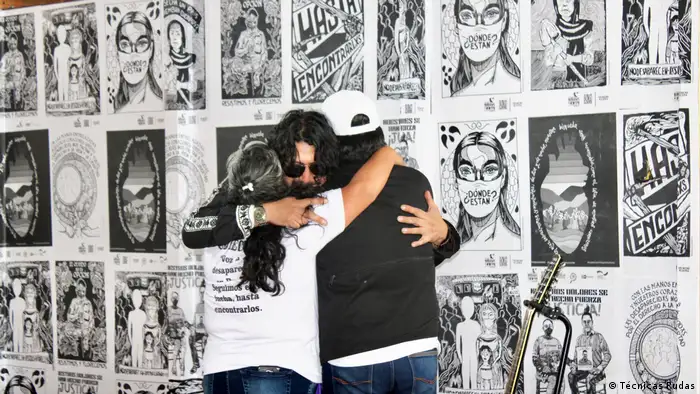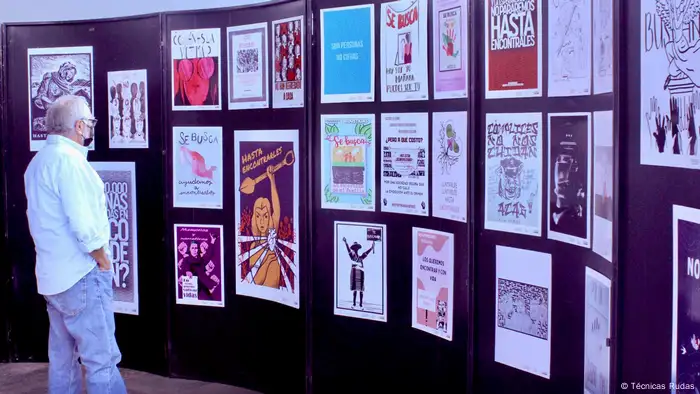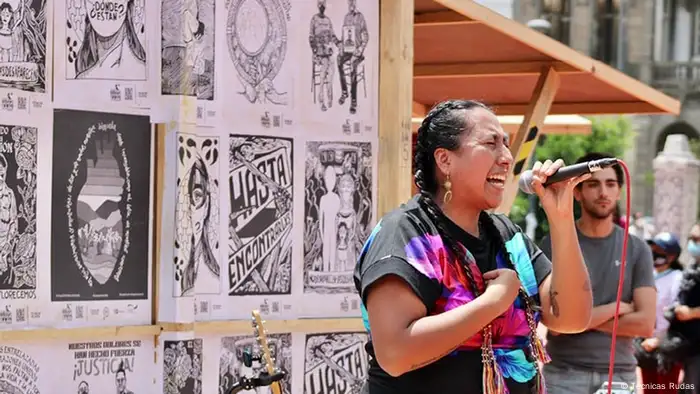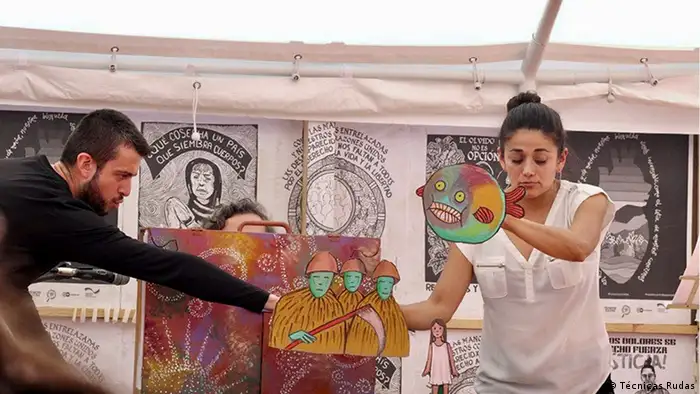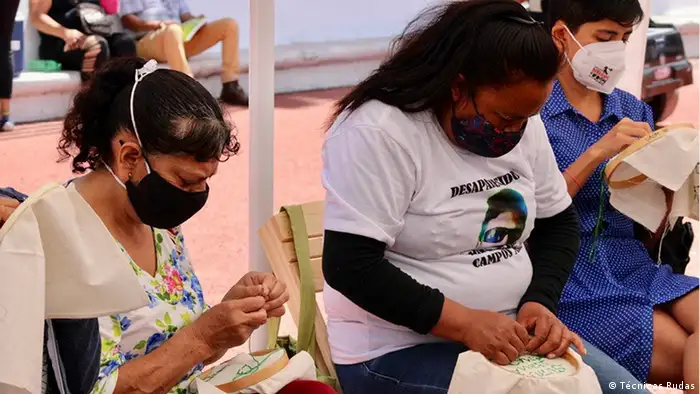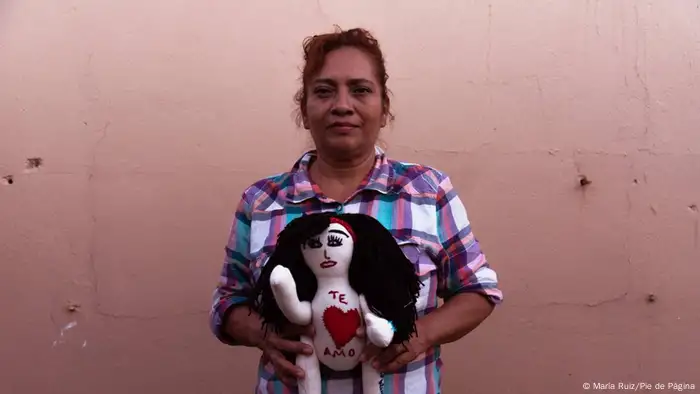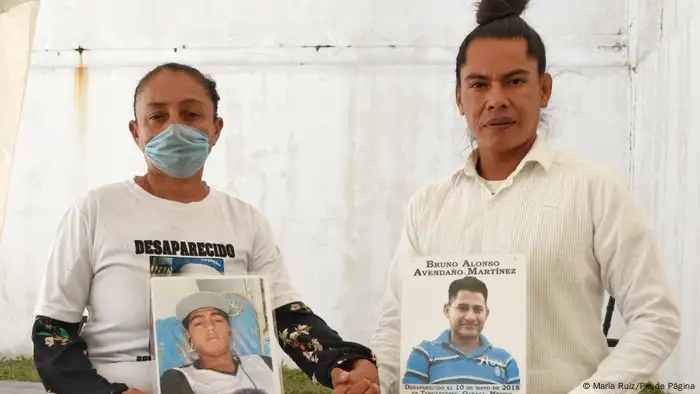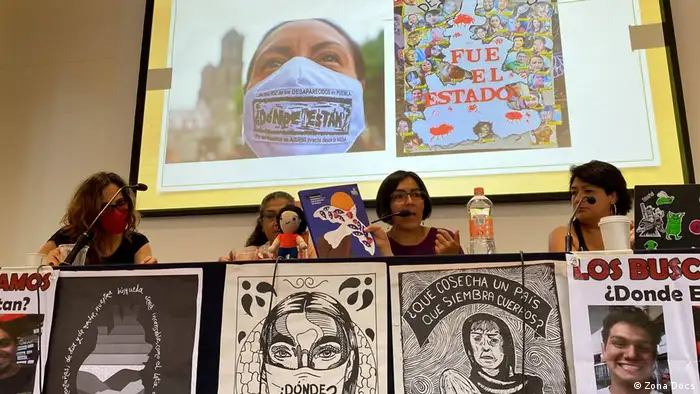Latin America
Breaking the silence – Innovative narratives raise the visibility of enforced disappearance victims
Técnicas Rudas, with the support of DW Akademie, promotes the project Narratives and Memories of Disappearance to destigmatize the families of victims of enforced disappearance in Mexico.
- Date 30.08.2022
- Number of pictures 10
- Send us your feedback.
- Print Print this page
- Permalink https://p.dw.com/p/4GDtX

